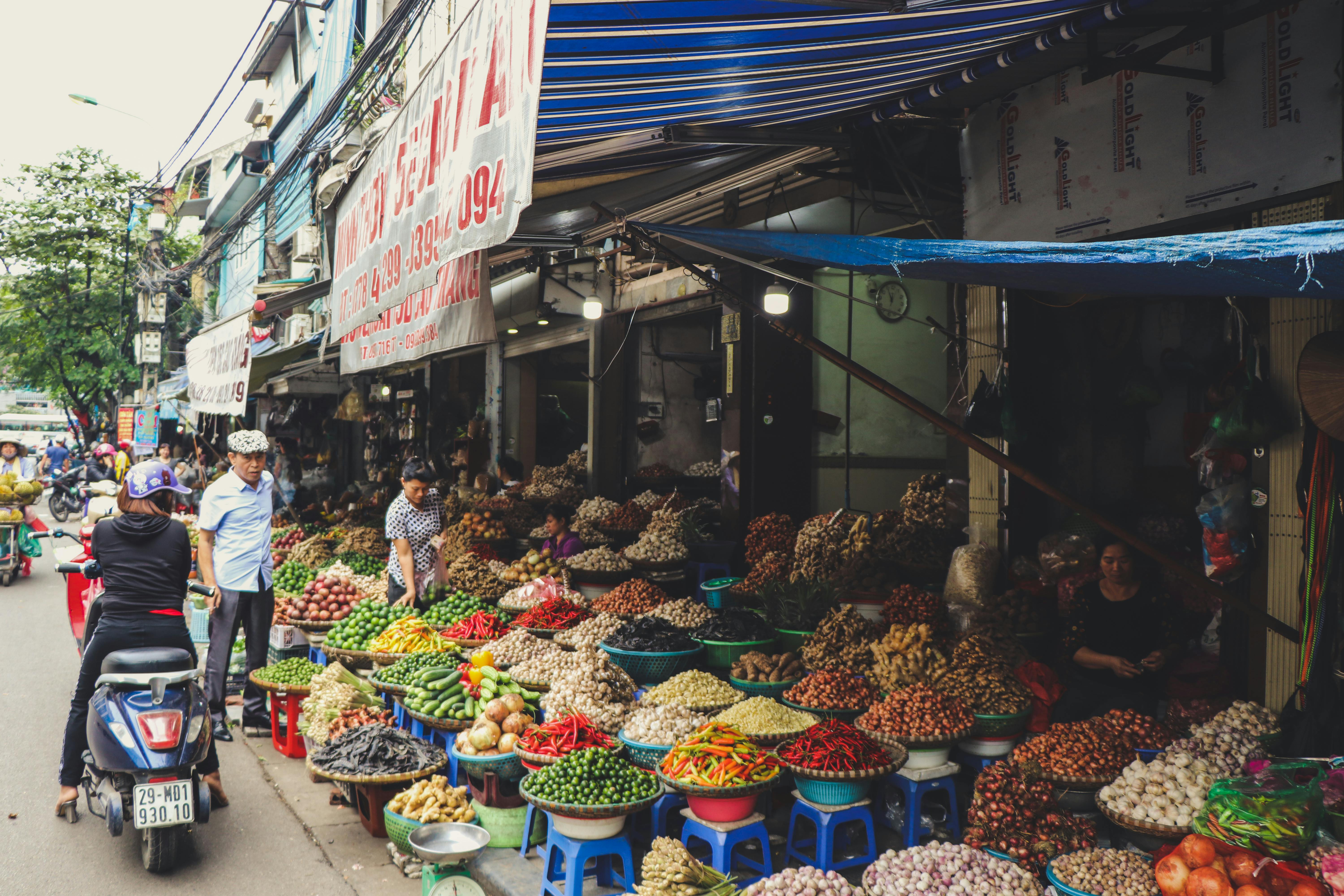The news is that everyone is worried about the economy and that consumers are spending less. Is this causing sales of your products to decline? Typically, consumers cut back on spending during tough economic times. So how can you counteract stagnant commodities when the economy is in a recession or slowdown?
The first thing to understand is that the consumer continues to “buy” things. For example, 70% of all packaging is food related and people still have to eat. They just buy in different ways. They may cut back on fast food or restaurant purchases in favor of meals prepared at home. But they still want to buy the same conditions. In the case of quick meals that are easy to prepare, reheat or ready to eat. Wal-Mart’s fresh take-home pizza is a good example of filling a need. In my case, instead of a trip to a restaurant, your roast chicken is ready to go with dozens of meal prep apps. But I also want convenience and limited meal preparation.
To understand how to make your packaging recession-proof, you need to learn how to recognize which buying signals will motivate your customer to buy your products. They still want to spend money, they just want to do it profitably and get something of value for their purchases. Or they may just want to treat themselves to something special as a way to feel better.
Here are some ways you can influence the consumer’s buying decision through product packaging.
Even though overall purchases may be down, people are still willing to experiment. As a good example, they might cancel a planned vacation. Can your products be used to simulate a “vacation” at home? Products could be geared towards having a lifestyle experience without leaving home. You could package that experience as an alternative to a vacation. Words like having a luxurious spa experience in your own home or vacationing at home with our X. It all depends on how you connect the experience to the desired outcome on your product packaging.
Despite the economy, sales of luxury products are also increasing. People are willing to spend money to treat themselves or make a personal statement. What do you pack that can be considered?
luxurious and a special gift for someone? Is your product packaging stunning and unique? A good example is the number of companies incorporating Swavorksi crystals into their product packaging or using sleek, ultra-sophisticated glass bottles instead of plastic. Other products include people buying something unique, different, and expensive to make their own brand statement. In this case, the price is not an object, what counts is the result of “feeling good”.
The other side of the coin is the switch from branded to private label products, often at considerable cost savings. Almost every retailer now has their own line of private label products.
Can you private label your product for an untapped market opportunity? Literally anything can have a private label. It is one of the fastest growing market sectors. As consumers look for ways to save money, they are willing to experiment with new brands. Private label packaging is now just as sophisticated as brand name products. The interesting fact is that once they switch and are satisfied, they usually never go back to the branded counterpart. So what can you private label with your packaging?
Another way to capture the consumer is to provide more value. Numerous articles have been written recently about the “shrinking package” on products that still sell for the same price. Like I said when asked, smart salespeople would figure out how to offer more value, not less. So, in McDonald’s lingo, make me big. Give me more for my money, not less. Please indicate this on your packaging 10% more for the same price, value pack or even our packaging is NOT smaller. Your customer will watch what you do and might buy from someone who does.
I would like to go back to rotisserie chicken again. This week I bought a chicken at Publix. I was surprised at how much smaller it was like a chicken usually much bigger but still sold at the same
price (just like packaging shrinkage). I was an unhappy customer for two reasons. I much prefer the chicken from Kroger (the store is just as close). The Krogers chicken comes in a resealable bag that makes it incredibly easy to store, while the Publics chicken comes in a paper bag that tears easily and isn’t airtight, forcing me to go one step further in repackaging. Even better, Kroger offers the member special with rotisserie chicken at a lower price on a regular basis. That’s what I mean about connecting with your core customer: In the same packaged product, Kroger offers value and convenience, Publix doesn’t.
Finally, think about reusing your packaging. This is somewhat similar to “value” in packaging, but in this case people will keep their packaging, refill it, or use it for something else. Think about how you can give twice as many reasons to buy something by letting your consumer know. You get double your investment as you can also capture ambient motion. Words like our product is reusable, refillable or collectible, or even don’t throw it away.
To be recession-proof, your product packaging is all about listening to the consumer. They WILL BUY, if you pack the right message at the right price with the right value, recession or not.
